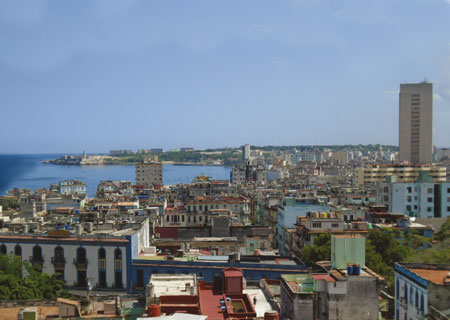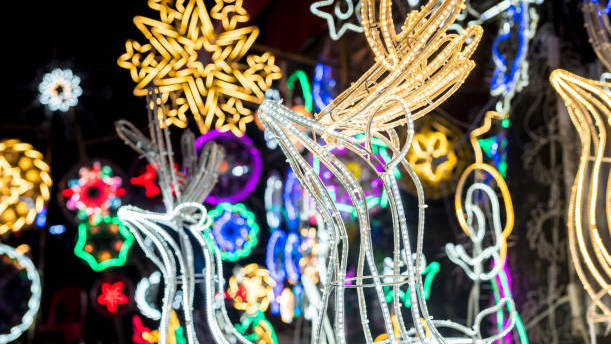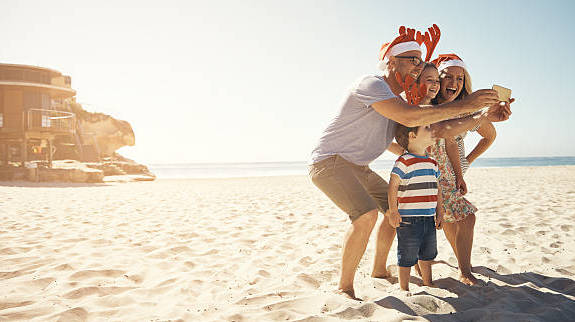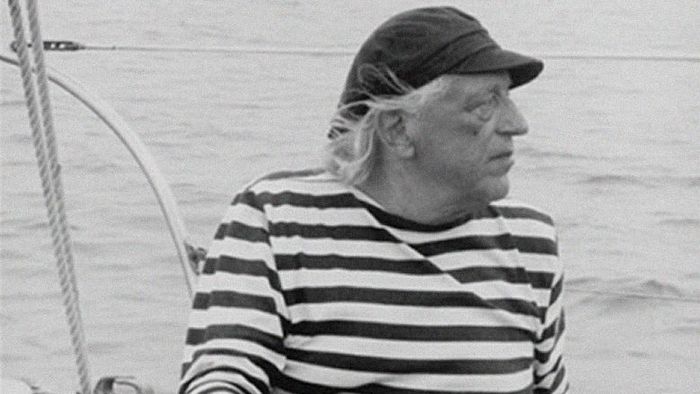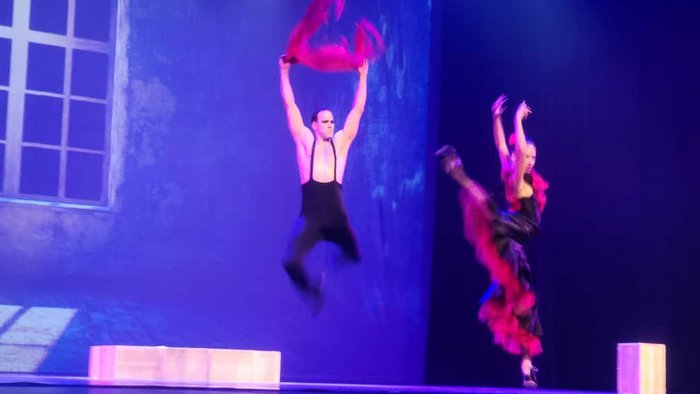This city, for thirty-nine years now, welcomes those who accept the official announcement of the International Festival of New Latin American Cinema as an unmissable event on their agenda.
Carpentier described the "city of columns" as the ideal stage setting for the harassment of an informer that Buñuel was interested in adapting. It was a pretext to rediscover the place where his father amassed the family´s fortune. El ángel exterminador could not be filmed in a Miramar residence nor did he fly over Havana streets, but Manuel Altolaguirre and Francisco Rabal returned to them again and again.
Those portals that sheltered Lezama or Virgilio Piñera from cold air currents, around which they roamed about under the heady effects of Ava Gardner, Indio Fernández, Hemingway or Tracy, were witness to the unruffled Alec Guinnes passing by as "Our Man in Havana" by Graham Greene, stalked on every corner by a trio of singers.
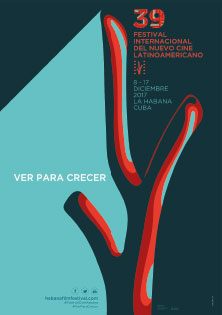
Shocked by the images of Soy Cuba, it is easy to understand photographer Serguéi Urusevsky´s dazzling experience when he had his camera fly over the labyrinthine layout of Old Havana like the storks of Mikhail Kalatozov, determined to give the Island a voice.
Almost four decades after that night of September 3, 1979, when the first edition of Havana Festival was inaugurated at Charles Chaplin cinema - as many call it - it is confirmed that the Cuban audience - indescribable, according to many - it has only been conquered, without putting up the slightest resistance, by cinema.
Every year, the first two weeks of December become an expected event of a popular nature. Many take their vacations then to allow themselves to be swept away by the film whirlwind that lashes the streets of Havana inclemently during these ten days. Celebrities from all over the world dedicate a space of solidarity to share intense days on which the cinema of this continent is strengthened. The story of this "land of rebels and creators," according to Marti, cannot but be told by his filmmakers.

